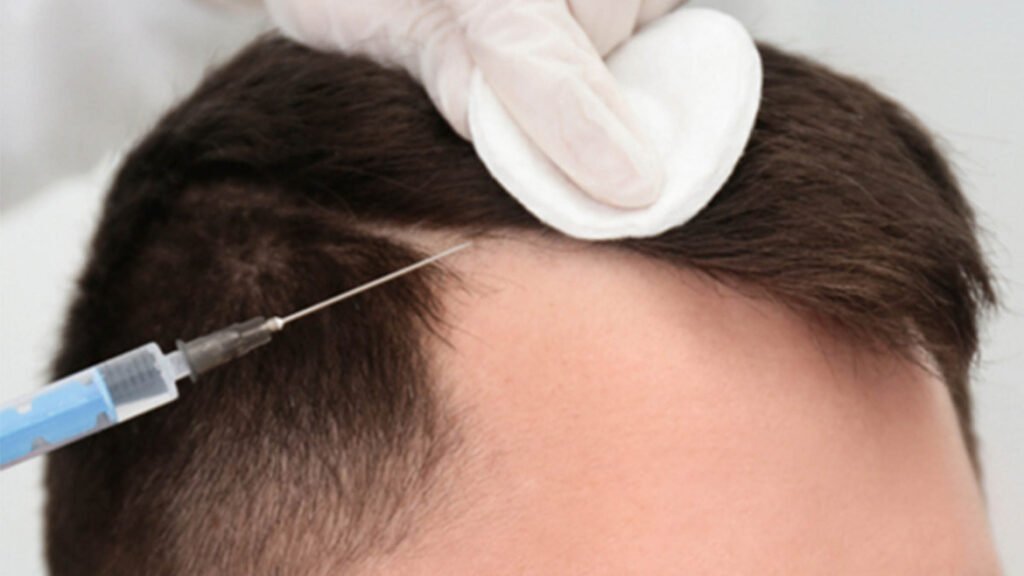Stem cell hair regrowth treatments have gained tremendous popularity worldwide, with South Korea emerging as a global leader in advanced regenerative hair therapies. For international patients considering traveling to Korea for stem cell hair restoration, many questions naturally arise. This FAQ section compiles the most common inquiries with clear, detailed answers to help you make informed decisions.
1. What is stem cell hair regrowth therapy?
Stem cell hair regrowth therapy uses regenerative cells derived from your body (usually fat tissue or scalp) to stimulate hair follicle repair and new hair growth. Korean clinics employ cutting-edge technology to isolate and inject these cells, promoting natural hair regrowth with minimal downtime.
2. Is stem cell hair therapy effective for all types of hair loss?
While stem cell therapy shows promising results for androgenetic alopecia (pattern baldness), alopecia areata, and thinning hair, effectiveness varies by individual. Korean doctors perform thorough assessments to determine if you are a suitable candidate and may recommend combination therapies for optimal results.
3. How long does the treatment take?
A typical stem cell hair therapy session in Korea lasts between 1 to 2 hours, including preparation and injection. Multiple sessions spaced several weeks apart may be advised based on your hair loss severity and treatment goals.
4. Do I need to stay in Korea for several days?
Yes, medical tourists are advised to stay in Korea for at least 1 to 2 weeks. This allows for initial consultation, treatment sessions, and the important first follow-up visit to monitor your progress and address any concerns.
5. Is the treatment painful?
Patients generally experience minimal discomfort during stem cell injections. Korean clinics use local anesthesia or numbing creams to ensure the procedure is as comfortable as possible.
6. Are there any side effects?
Common side effects include mild redness, swelling, or tenderness at the injection sites, which usually resolve within a few days. Serious complications are rare due to Korea’s strict medical safety standards.
7. Will my hair look natural after treatment?
Yes. Stem cell therapy promotes natural hair regrowth by stimulating your existing follicles. Unlike some traditional hair transplants, there’s no risk of unnatural hairlines or pluggy appearances.
8. How soon will I see results?
Initial hair regrowth typically begins 3 to 6 months after treatment. Full results may take up to 12 months, coinciding with your hair growth cycle.
9. Do I need follow-up visits?
Yes. Korean doctors recommend follow-ups at 1 month, 3 months, and 6 months post-treatment to track progress and determine if booster sessions are needed. Many clinics offer telemedicine options for international patients who cannot return easily.
10. Can I combine stem cell therapy with other hair loss treatments?
Absolutely. Korean clinics often combine stem cell therapy with PRP (platelet-rich plasma), microneedling, or topical medications like Minoxidil to enhance results. Your doctor will customize a treatment plan based on your needs.
11. Is stem cell hair regrowth therapy safe?
Stem cell therapy is generally safe when performed by qualified professionals. Korean clinics adhere to strict medical regulations, ensuring sterile procedures and proper handling of cells.
12. Do I need a visa to travel to Korea for treatment?
Visa requirements vary by country. Many nationalities can enter Korea visa-free for short stays (up to 90 days). If your treatment requires extended stays, you may need a medical visa (C-3-4). It’s best to check with your local Korean embassy or clinic’s international patient coordinator.
13. How do I prepare for my trip to Korea?
Consult your chosen clinic for a pre-treatment checklist, including medical history, medication disclosures, and travel arrangements. Booking appointments and accommodation in advance is strongly recommended.
14. What is the cost of stem cell hair regrowth therapy in Korea?
Costs vary depending on the clinic, treatment plan, and number of sessions. Korean clinics are known for offering competitive prices compared to Western countries, often with package deals for international patients.
15. Will language be a barrier during treatment?
No. Most Korean clinics provide multilingual staff, translators, and English-speaking doctors to assist international patients throughout their journey.
🏁 Final Advice for International Patients
Choosing stem cell hair regrowth in Korea combines cutting-edge medical technology with personalized care tailored for global clients. To ensure a smooth experience, communicate openly with your clinic, follow pre- and post-treatment instructions carefully, and schedule recommended follow-ups.




